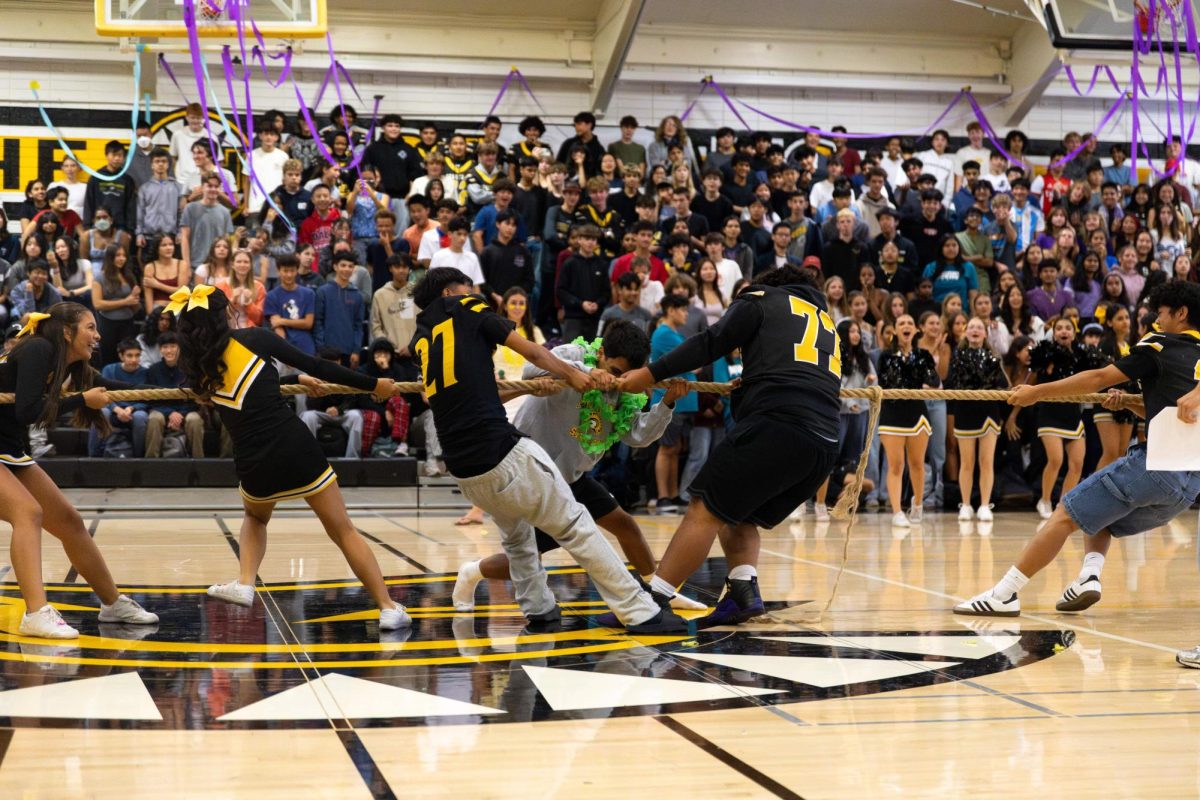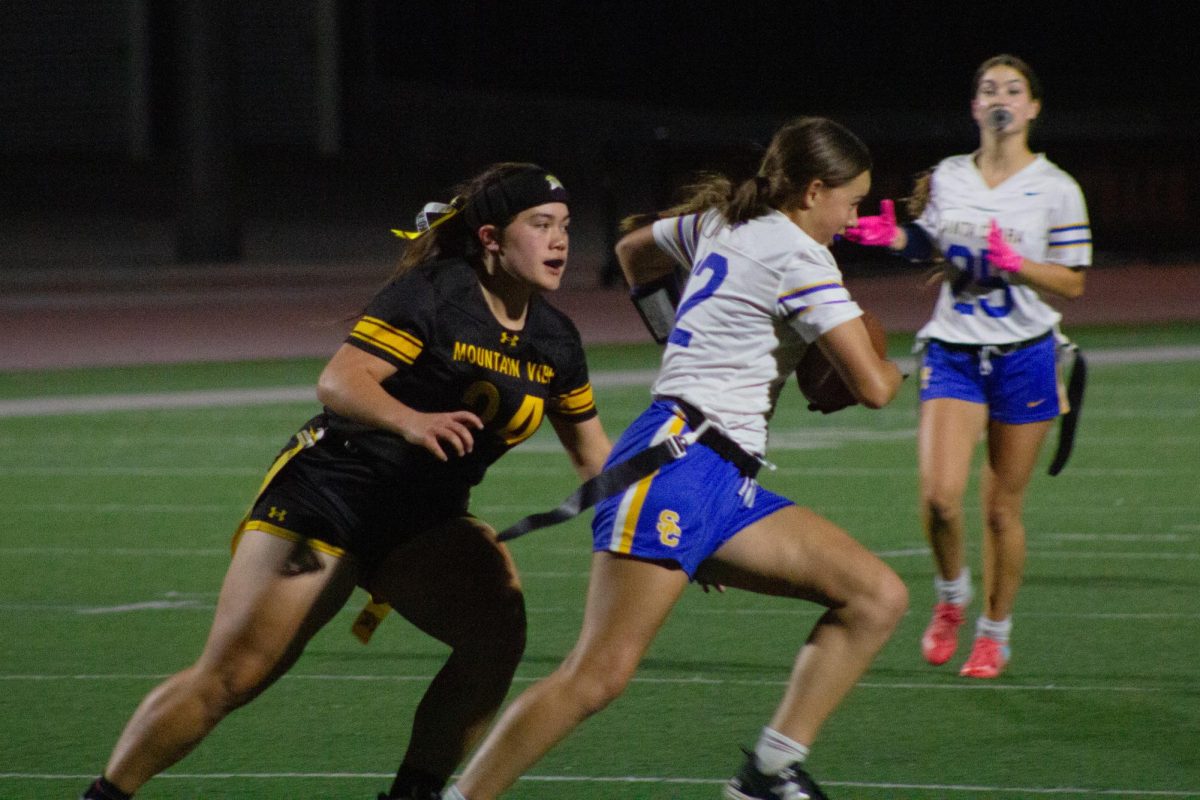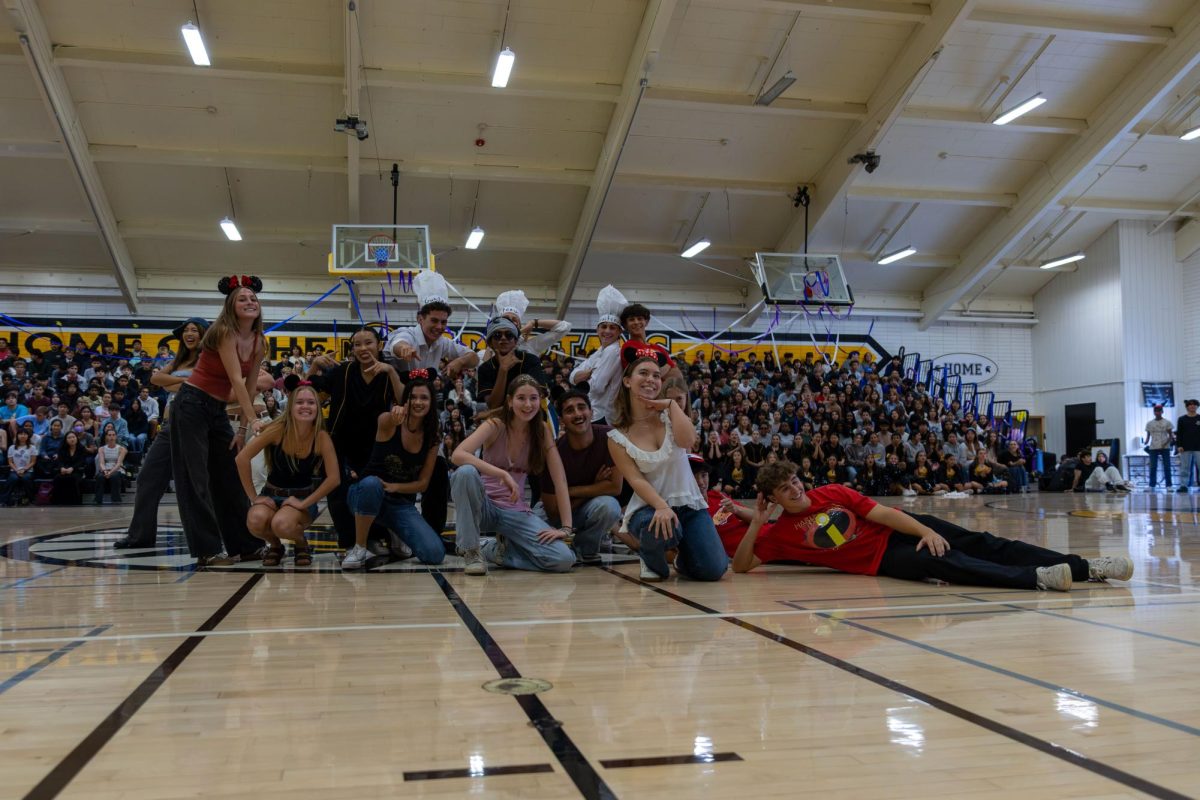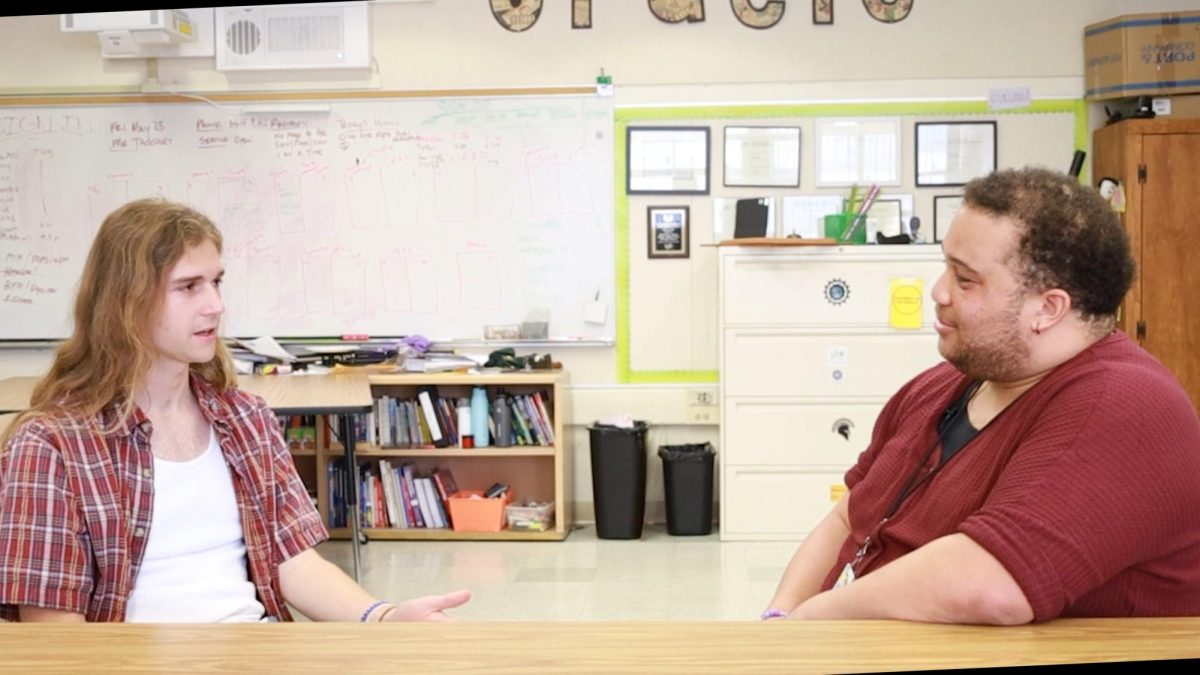The district is planning a full reopening next school year on August 11 with all students returning aside from those who opt for the asynchronous Option B.
According to School Board President Fiona Walter, the district will be implementing the schedule the school board approved prior to COVID-19 which starts at 8:40 a.m. every day with all classes on Monday and alternating block days Tuesday through Friday.
“I think the benefit of us being able to teach normally will far outweigh any nerves, any concerns that I have, … I think I’ll be excited to have the room full of kids again,” said David Campbell, president of the District Teachers Association and Spanish teacher.
Faught said the district is continuing to offer Option B, a self-paced learning program, because the district knows that not everybody can return for health concerns or other reasons; she estimated three to five percent of students will choose it. However, next year there will be no option to attend classes on Zoom.
“[A full return] would be the only logical thing to do,” Junior Jack Hecht said. “I have a feeling everybody will be able to get vaccinated, so at that point, it would have just been a choice to be vaccinated or not.”
Junior Zoe Bishop, who opted to continue to attend school remotely on Zoom, said they are planning to return in the fall referring to upperclassmen being vaccinated. On May 11, the Pfizer vaccine was approved for kids ages 12 to 15 by the FDA, meaning all students at the school will soon be eligible.
Currently, about half of the student body opted to return to school for hybrid learning, with students arriving daily in masks, scanning a QR code for a daily health check, going from classroom to ventilated classroom, social distancing, socializing with friends, and experiencing some sense of a ‘normal’ school day.
I love the energy I feel when I walk on the campuses, the vibe, and the energy is just back.
“I love the energy I feel when I walk on the campuses, the vibe, and the energy is just back,” Faught said.
Students who opted to return in person go to school four days a week and connect through Zoom with their classmates for simultaneous teaching.
Hecht, who returned in-person, said he likes being able to be taught face-to-face and can interact with his classmates more.
Faught said that the situation now will continue till the end of the school year.
“We’ll end the year just feeling really strong and really positive and go into the summertime in a good place,” Faught said.
The other 50 percent of students who opted to stay online attend classes on Zoom. Bishop decided to stay home because they did not think the proximity to the end of the school year provided enough time to transition back to in person school.
Junior Jack Hecht said he also thought transitions impacted why more students did not come back.
“A year ago, it was a transition to go online … and then it took the whole summer to get a full structure going for online and it’s been a transition to come back in person so I think that’s just something they don’t want to have to deal with, which I completely understand,” Hecht said.
One of the main reasons the school reopened was students’ mental health and Walter said they are already seeing results from surveying students.
We’re definitely seeing the levity, seeing the spark again.
“We’re definitely seeing the levity, seeing the spark again, and I think that’s true for teachers, administrators,” Walter said. “I think that’s true for everybody.”
Faught, who surveyed students shortly after in person learning started, said that results for both people at home and in person were positive.
“The overall experience right now is positive,” Faught said. “I know the teachers will say that they notice their zoomies don’t speak out in class as much as the roomies do now.”
Teachers are required to equitably teach both people in their class and on Zoom.
“Our teachers are just doing an amazing job of making sure to reach every kid, whether they’re sitting in front of them or whether they’re at their house. But that’s definitely one of the challenges,” Walter said.
Bishop said that the people at home have become a little left out and see what they are missing when people went back in person.
“I think that the choice to stay in distance learning was not a choice that anybody was happy to make,” Bishop said, adding that a variety of things like workload, family responsibilities, and anxiety due to COVID-19 it difficult for people to start going in person.
Campbell said he sometimes feels guilty about ignoring the students at home when he looks over the computer to the students in his class.
“I have to really focus to make sure I’m looking [at the computer] because I want to look at the people in person because I don’t want to be rude, right? I’m in front of you, I should look at you,” Campbell said.
Some students in person experienced being placed in the overflow classrooms, a different room than their class when the assigned room is at capacity.
Hecht was placed in one of these because he was getting his second dose of the COVID-19 vaccine the first day one of his classes met in-person. Hecht said he went early the next time he had that class to explain to his teacher the situation but was still sent to an overflow room, an experience that was frustrating enough that he just went home for that class.
Distance learning has sparked discussions about how teachers have learned information from teaching online that can be applied to traditional school.
I think [distance learning is] going to have to change the way that Mountain View High operates on a day-to-day basis.
“I think [distance learning is] going to have to change the way that Mountain View High operates on a day-to-day basis,” Bishop said.
Faught said teachers liked the chat function allowing for students to quickly share out or enabled people who are shy to participate more, Zoom collaborations or field trips like interacting with another class from a different school, and helpful online tools like a science lab simulator that you can run multiple times.
Walter said we learned ways to connect with each other if someone is homesick, there are ways to help them better other than zooming in or if someone is working with someone at night a Zoom could be the easiest way to do it.
“I think we also have all kinds of additional technology tools at our fingertips now,” Walter said. “I think when we reflect there will be some positives out of this that we learned.”
Campbell said he discussed with others the possibility of asynchronous days on staff development days. He said speaking for himself that we should put strategic breaks in the schedule to have mental health check-ins with ourselves.
We learned that we’re human beings, we’re not human doers.
Faught also talked about keeping the emphasis on social emotional learning and continuing to support student wellness.
“We learned that we’re human beings, we’re not human doers,” Faught said “We need connection. We need to laugh. We need to feel a part of [the school], you can’t just give us a bunch of work and we will be happy.”

































Laura Carrubba • May 24, 2021 at 9:33 am
Umm, this article was published 5/13/12, 19 years before the pandemic!!! Whaaaaa?!?!? Typo!